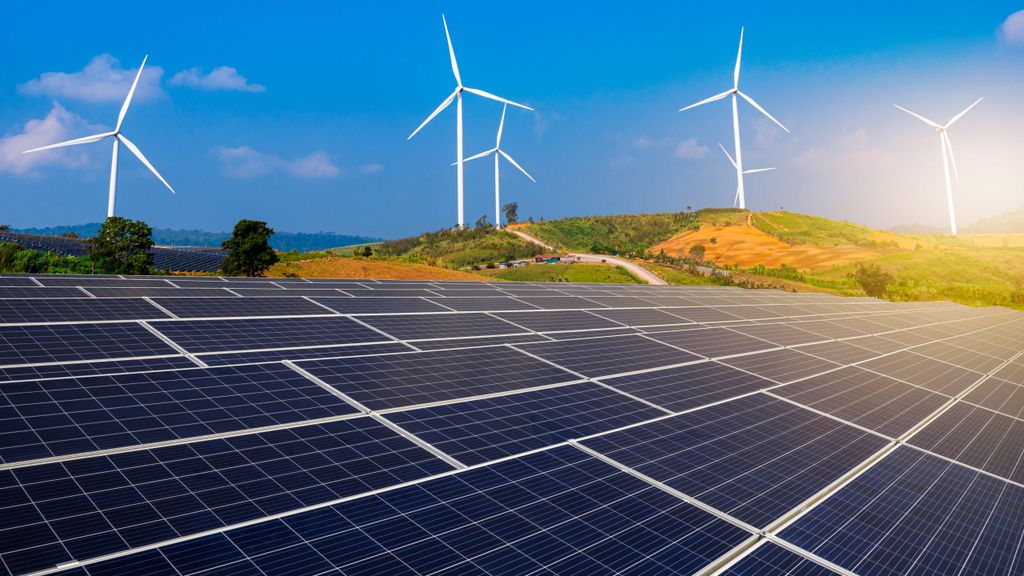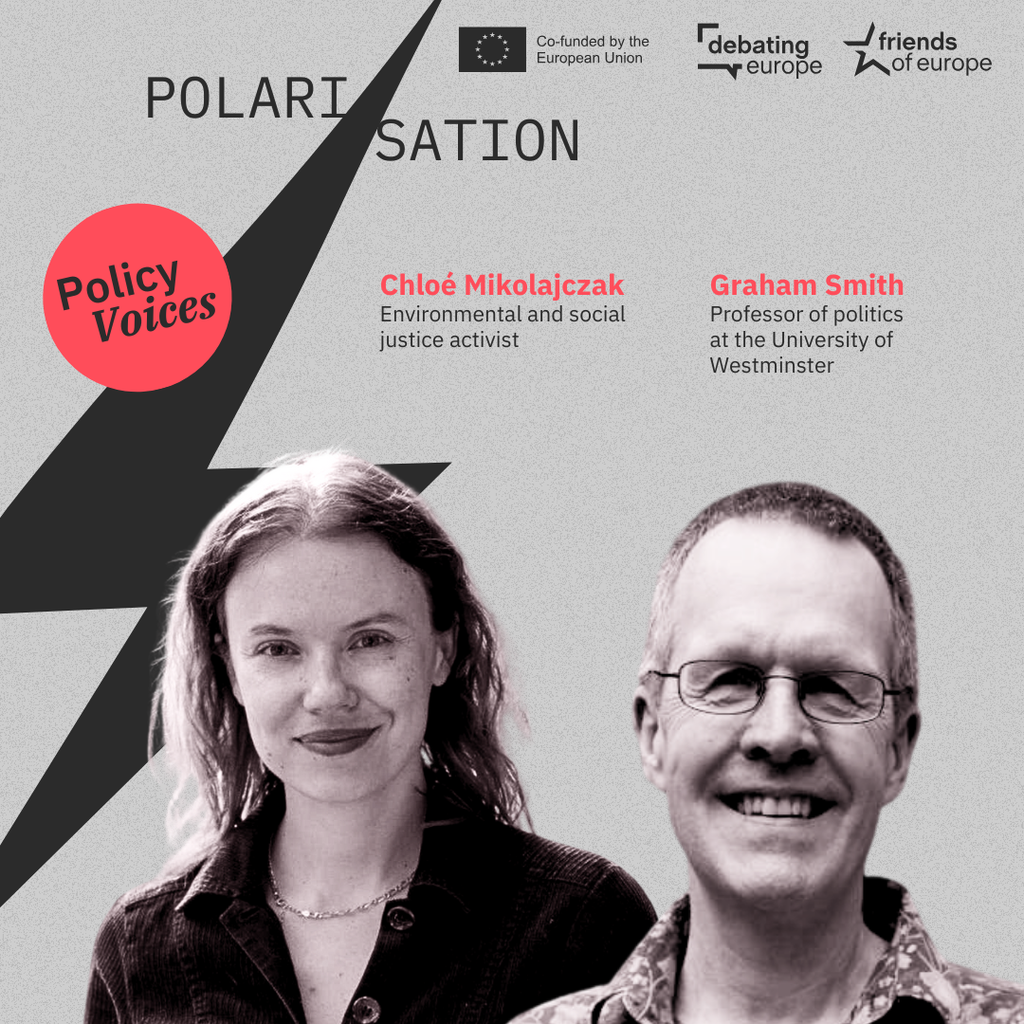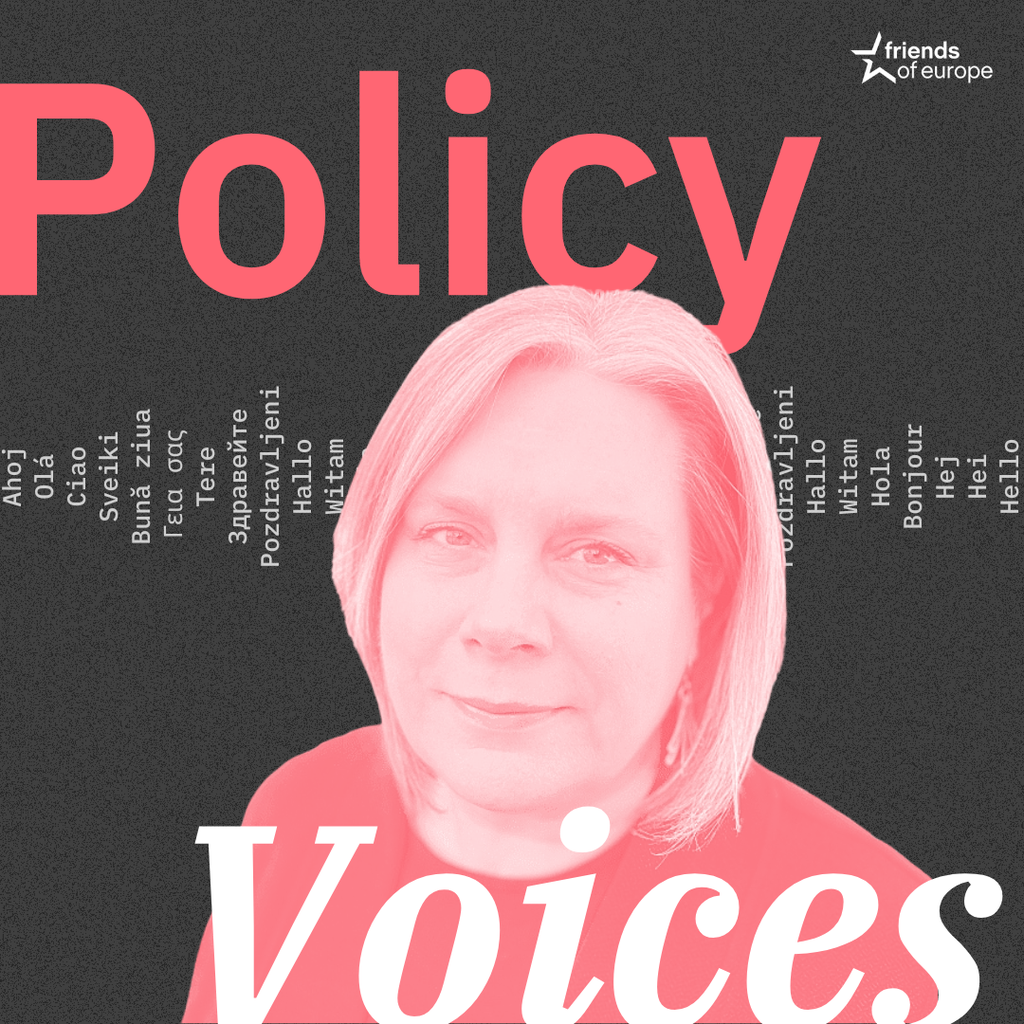Climate and Energy Summit 2025
Next event In person & livestreamed

- Area of Expertise
- Climate, Energy & Natural Resources
Climate, Energy & Natural Resources

Associate Fellow Energy in the Energy and Climate Program at the Carnegie Endowment for International Peace

Fellow and the Director of the Europe Program at Carnegie in Washington
City and state initiatives on climate issues in the United States are not new. But in the wake of President Donald Trump’s announcement that the US would withdraw from the Paris climate agreement a number of nascent coalitions have arisen – or been reinforced – that elevate the role of sub-national climate policy as never before. This phenomenon raises new questions over how global powers – including the European Union – should engage with them.
The US is a federalist system, dividing power between the federal and state governments. On climate and environmental issues, the federal government has authority to sign international treaties and agreements. The Departments of Agriculture, Commerce, Interior, Energy, Transportation and State, and the Environmental Protection Agency (EPA) are all influential federal actors. But state and local governments also have certain mandates for climate-related policies, and yet more variance exists between individual states and local governments. Some, such as California and New York, have emissions targets that rival or even exceed those of EU member states.
Trump’s decision has led to intensification of state and local cooperation initiatives. The most heavily publicised effort thus far is ‘America’s Pledge’, organised under the auspices of former New York mayor (and current UN Special Envoy for Cities and Climate Change) Michael Bloomberg and current California Governor Jerry Brown. This builds upon the earlier ‘We Are Still In’ declaration signed by more than 1,200 cities, states, universities and business. Nine states, 227 counties and cities and around 1,650 businesses have so far committed to honouring America’s Paris commitments. Critically, America’s Pledge will attempt to institutionalise and consolidate these efforts by analysing and reporting the aggregate impact of all participating entities’ efforts – a necessary but vexing task.
Separately, the leadership of more than 365 American cities, calling themselves the ‘Climate Mayors’, are intensifying efforts to meet their own emission reduction goals, along with a unified – though still unspecified – push for “new action to meet… [an even more ambitious] 1.5°C target”. The cities comprise at least 66 million inhabitants – a fifth of the population of the US, and equivalent to the number of people living in France.
Room for pragmatic engagement on clean energy, particularly when quarantined from the broader politics of climate, is only expanding
Finally, a group of twelve states plus Puerto Rico, representing approximately one-third of US GDP and around 20% of total US emissions, swiftly organised itself under the moniker of the ‘U.S. Climate Alliance’ (a thirteenth, Colorado, joined in July). Together, the governors are committing to emissions reductions consistent with the Paris pledge made by the previous administration of President Barack Obama – a 26% to 28% reduction based on 2005 levels – as well as working on harmonisation of standards and regulations, the creation of new markets for green products and services, and the possibly even the expansion of financing mechanisms to accelerate the deployment of low-carbon technologies.
The Alliance represents perhaps the most concrete and durable fora for genuinely new and consequential actions. States, famously labelled as “laboratories of democracy” by U.S. Supreme Court Justice Louis Brandeis, have both the size and flexibility to chart a novel course on climate with enough economic gravity to garner the attention of other countries, let alone other states.
In the case of California, a single state strives to mimic many of the climate diplomacy functions previously monopolised by the State Department and other federal-level bodies. Shortly after Trump’s announcement, Brown travelled to China for the annual Clean Energy Ministerial, where it was he – not Secretary of Energy Rick Perry – that received an audiencewith Chinese President Xi Jinping. Further broadcasting California’s desire to be at the centre of the Trump-era climate landscape, Brown announced that the state would host its own climate summit in San Francisco later this year.
California’s carbon market, the centrepiece of its climate efforts, was extended by the state assembly to the year 2030, making it the largest carbon market in North America and the second-largest in the world, after the EU Emissions Trading System. California has already linked its carbon market with that of Quebec so that credits for compliance are tradable across borders, and has engaged in discussions with other jurisdictions in Mexico and Canada, as well as in China and the EU, about expanding these linkages over time.
In contrast with Democratic California, most Republican states are following Trump’s line on climate diplomacy. But they do have an interesting mix of interests when it comes to clean energy. Room for pragmatic engagement on clean energy, particularly when quarantined from the broader politics of climate, is expanding. Around 70% of all US wind power is generated in states that voted for Trump. The Republican governor of Nevada recently reversed course on a previously unfriendly solar policy when faced with its increasingly attractive economics. In politically powerful Iowa, Republican Senator Charles Grassley once pronounced that tax credits for wind would be rolled back “over my dead body.”
With sub-national initiatives on climate on the rise in the United States, it is important that Europe understands these dynamics, and actively explores ways of engaging with them. But balance is paramount: Europe must not create further schisms between themselves and the US federal government on key energy and climate areas where the two parties still need to work together on a pragmatic basis.
European cities who are leading on climate change should also engage with the US more on a city-to-city level
Europe has several approaches to consider.
One is to follow leaders such as Justin Trudeau. The Canadian Prime Minister has rushed to embrace and engage a diverse constellation of subnational actors to complement or (in some cases) bypass engagement with Washington in what one Canadian advisor describes as an effort “to work the American system as never before.”
Given the distribution of power between states and the US federal government, much of Europe’s engagement is likely to centre around soft power and symbolism. The EU could, for example, further legitimise efforts such as America’s Pledge by appearing with its leaders at public events, officially recognising its mitigation efforts, and holding high-profile meetings with its representatives at international climate summits.
However, opting for less symbolic measures also offer advantages. Many US state and local climate initiatives are still in their infancy and it behoves Europe to wait and see which will have durability.
Europe should be cautious of embracing sub-national initiatives at the expense of engagement at the federal level, where there is still potential for fruitful cooperation. More subdued practical cooperation efforts might accordingly be more appropriate: opening up more opportunities for US universities and firms to participate in EU-funded energy and climate research projects, matching contributions to the Green Climate Fund made by sub-national actors in an attempt to compensate for the US government’s shortfall, and aligning standards in the rapidly growing ‘green bond’ market.
Europe could also focus on commercially driven engagement with US state and local actors. For instance, Europe could give early priority to cultivating political and commercial relationships with conservative states as a way to engage on climate. This would include sending trade delegations, promoting European strengths in vocational training for sectors such as renewable energy, and possibly even facilitating exchanges for certain workers. Europe might also consider ‘nudging’ less progressive US states through foreign direct investment decisions conditioned based on their willingness to improve climate policies. Initiating a dialogue with states and cities over local tax incentives and public procurement processes that pertain to climate and sustainability priorities should also be a priority for Europe, and would strengthen the trade agenda in the absence of the Transatlantic Trade and Investment Partnership.
And given the strong leadership already exhibited by certain US cities and municipal governments, European cities that are leading on climate change should also engage more on a city-to-city level. This includes offering US city governments help with best practices on issues ranging from city planning and transportation to recycling.
While the rise of US state and local actors on addressing climate change is a welcome development that deserves to be closely watched from the other side of the Atlantic, Europe should plot its engagement carefully, opting principally for practical forms of cooperation rather than broad symbolic measures in the short to medium term.
This article was first published in Europe’s World print issue number 35.
Next event In person & livestreamed

Past event In person & livestreamed

Past event In person & livestreamed

Past event In person & Livestreamed





Stay informed
We use cookies and similar technologies to adjust your preferences, analyze traffic and measure the effectiveness of our campaigns. Learn more about our privacy policy.